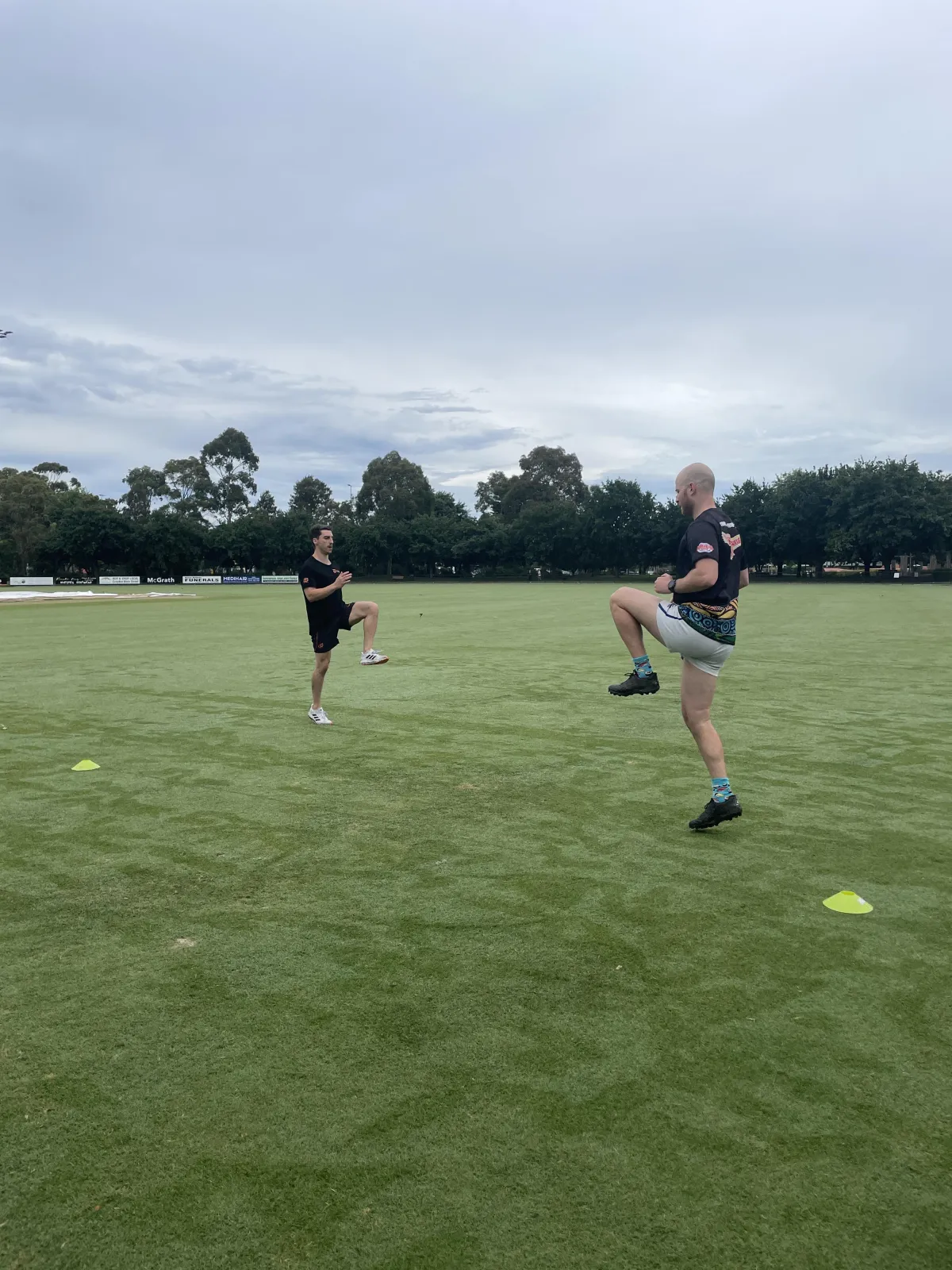
Understanding Patella Tendon, Quad Tendon & Osgood-Schlatter Injuries
🦵 Why Your Knee Still Hurts: Understanding Patella Tendon, Quadriceps Tendon & Osgood-Schlatter Injuries
If you’re an athlete dealing with knee pain during jumping, landing, squatting, or sprinting, there’s a high chance you’ve been told you have “jumper’s knee” — but not all tendon injuries are the same.
At Pivot Sports Performance, we treat patella and quadriceps tendinopathy in both developing and elite athletes. We also manage Osgood-Schlatter’s disease in adolescents. While they may all involve pain at the front of the knee, the source — and the rehab approach — differs.
Here’s how to tell them apart and why targeted rehab is key.
⚙️ 1. Patella Tendinopathy – "Jumper’s Knee"
Where it hurts: Bottom of the kneecap (inferior pole)
Who gets it: Jumping and sprinting athletes (basketball, volleyball, football, athletics)
Patella tendinopathy is caused by overload of the patella tendon, which connects the kneecap to the shin. It’s usually triggered by a spike in jumping, sprinting or landing load — especially during pre-season or sudden changes in training volume.
Common symptoms:
Pain with jumping or decelerating
Stiffness when warming up or after rest
Discomfort with stairs or single-leg loading
Tenderness directly below the kneecap
Rest often provides temporary relief — but without strength rehab, the pain comes back. Rehab must include tendon-specific loading (like isometric and heavy slow resistance work) and eventually plyometric drills to restore tendon capacity under speed and force.
⚙️ 2. Quadriceps Tendinopathy – Load at the Top of the Kneecap
Where it hurts: Just above the kneecap (superior pole)
Who gets it: Gym-goers, lifters, athletes doing heavy squats, sprinters, or older field athletes
Less commonly diagnosed but equally frustrating, quadriceps tendinopathy involves irritation at the point where the quadriceps tendon attaches to the top of the patella.
Common symptoms:
Pain with squatting under load
Difficulty with lunges or step-downs
Tenderness above the kneecap
Pain that worsens after gym sessions or kicking
The principles of rehab are similar to patella tendinopathy — progressive loading, running reintroduction, and technical drills — but care must be taken to avoid overloading the quad tendon with deep flexion or heavy eccentric work too early.
⚙️ 3. Osgood-Schlatter’s Disease – Adolescent Knee Pain
Where it hurts: The bony bump at the top of the shin (tibial tuberosity)
Who gets it: Athletes aged 10–16 during growth spurts
Osgood-Schlatter’s is a traction-related condition where the patella tendon pulls on a growth plate that hasn’t fully closed. It’s not a tendon tear or muscle strain — but it can be quite painful during sport.
Common symptoms:
Pain at the top of the shin during running, kicking, or jumping
Swelling or tenderness at the tibial tuberosity
Discomfort kneeling or squatting
Pain that flares with increased training or after rest
Osgood-Schlatter’s usually resolves after growth slows — but early treatment can keep athletes playing through the season. Rehab includes load control, quad strength and flexibility, and gradual reintroduction of sport activity.
✅ Final Thoughts
All three of these injuries can present similarly — but they require slightly different rehab pathways. Rest alone won’t fix tendon pain, and pushing through often leads to recurrence or compensation injuries.
At Pivot, we assess and treat each knee pain type using strength benchmarks, movement screening, and performance-based progression — helping you return to sport stronger, faster, and more resilient